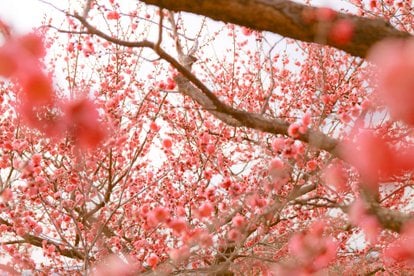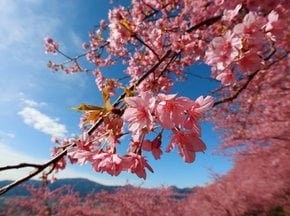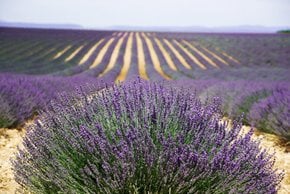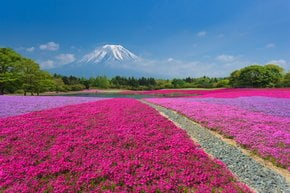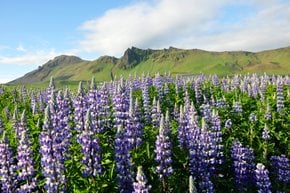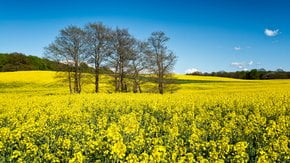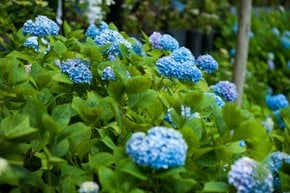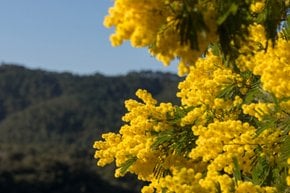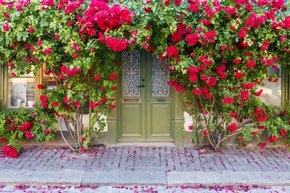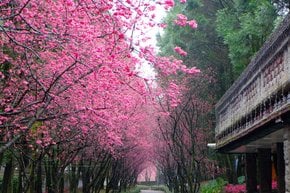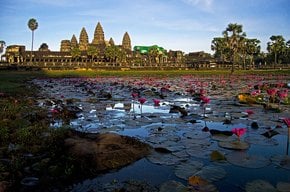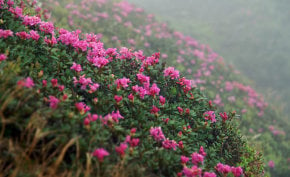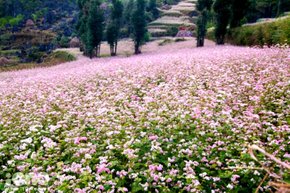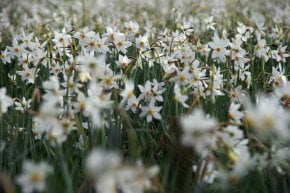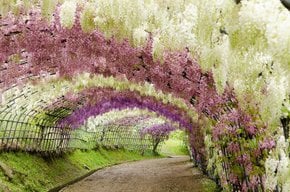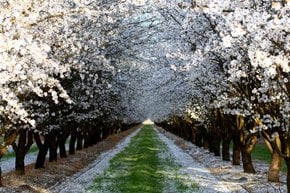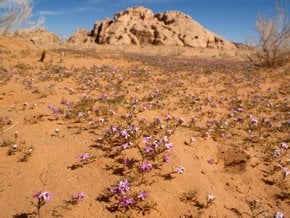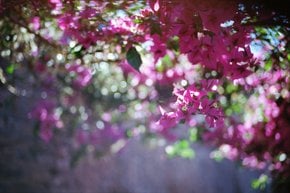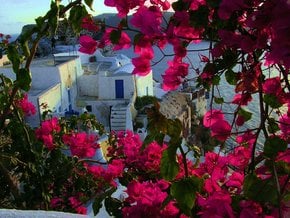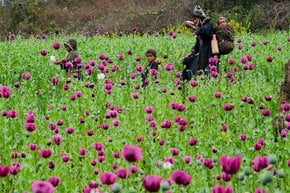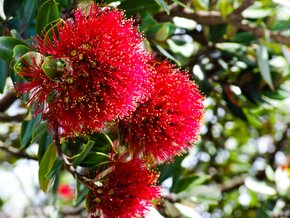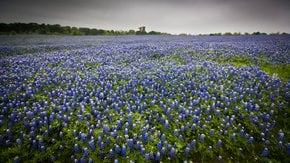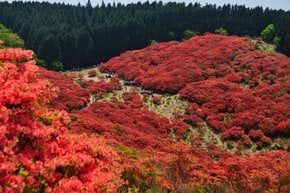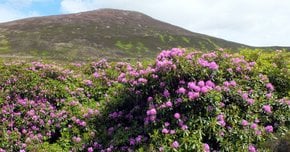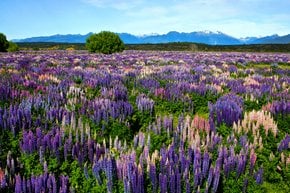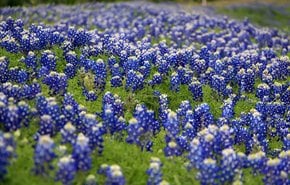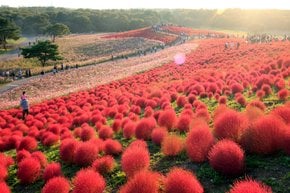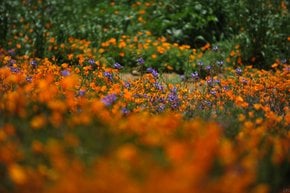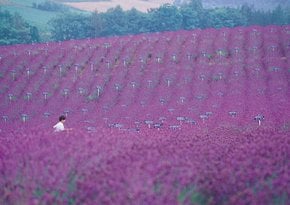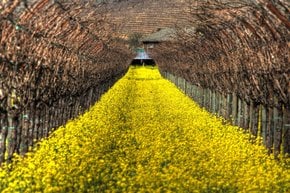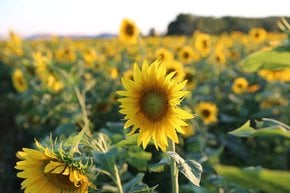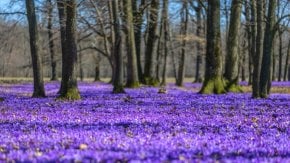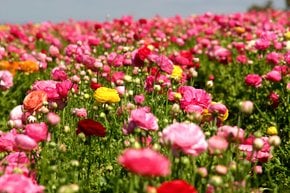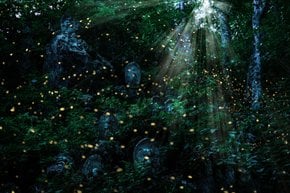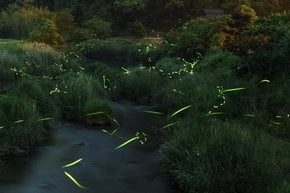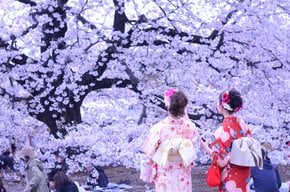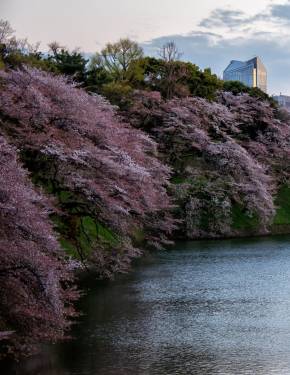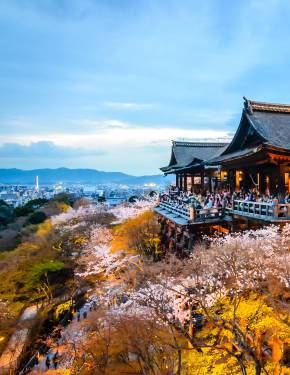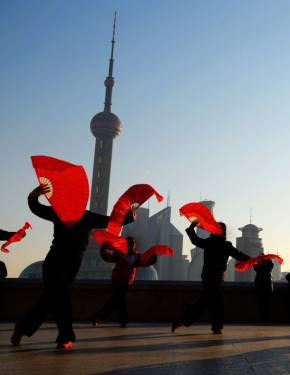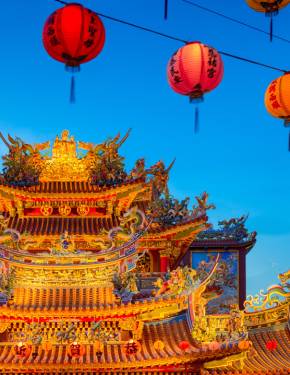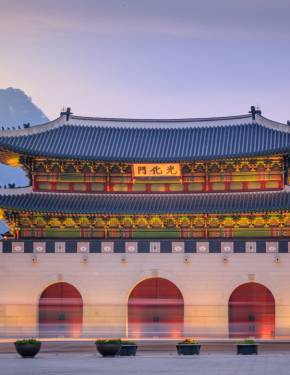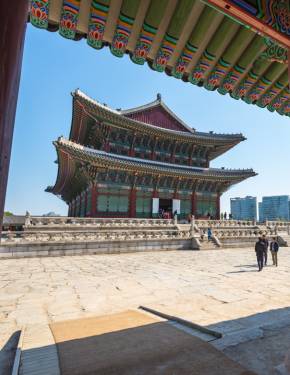Plum (Ume) Blossom in Japan 2026
The beautiful though often underappreciated blossom of the Japanese plum is one of the first signs of spring
Best time: February–March
Plum blossoms, known as ume (梅) in Japanese, mark the arrival of early spring in Japan. Blooming before cherry blossoms, these delicate flowers can be seen in parks, shrines, and temples across the country. Plum blossoms are celebrated with festivals (ume matsuri) and special events, offering visitors an opportunity to enjoy their fragrance and beauty.
Tokyo
In Tokyo, there are many places to observe gorgeous blooming trees.
Koishikawa Korakuen
Koishikawa Korakuen, a traditional Japanese garden in central Tokyo, has a small but scenic plum grove. Formerly the residence of Mito feudal lords, the garden offers a blend of Chinese and Japanese landscaping. The garden is within walking distance of Tokyo Dome City, known for its amusement park and shopping.
Yushima Tenjin Shrine
Yushima Tenjin Shrine, located near Ueno Park, is a popular site for students praying for academic success. The Yushima Tenjin Ume Matsuri runs from early February to early March, with weekend performances, tea ceremonies, and calligraphy displays. Admission is free, and the shrine is accessible by foot from Ueno Park, which houses museums and a zoo.
Hanegi Park
Hanegi Park in Setagaya Ward is home to about 700 plum trees. The Setagaya Ume Matsuri takes place from early February to early March, featuring food stalls and traditional performances on weekends. The park is family-friendly, with open green spaces for picnics. Entrance is free.
Dazaifu Tenmangu Shrine, Fukuoka
Located in Kyushu, this major Tenjin shrine has 6,000 plum trees. A plum festival is held annually, featuring traditional music and dance performances. Entry to the shrine grounds is free.
Kairakuen Park, Mito
Kairakuen, located in Mito, Ibaraki Prefecture, is one of Japan’s Three Great Gardens. It features over 3,000 plum trees representing approximately 100 varieties. The annual Mito Plum Festival offers various cultural performances and tea ceremonies. Entry to the park is free. Nearby attractions include Kodokan Mito, a historic samurai school.
Umenomiya Taisha, Kyoto
Umenomiya Taisha is known for its serene garden, featuring 450 plum trees of various colors. The garden has a small admission fee. Nearby, the Arashiyama district offers attractions like the Bamboo Grove and Togetsukyo Bridge.
Kitano Tenmangu Shrine, Kyoto
This Kyoto shrine, dedicated to Tenjin, the deity of learning, has around 2,000 plum trees. The Baikasai tea ceremony, held on February 25, is a major event. The garden is open from 9 am to 4 pm. Admission is 1,200 yen. The shrine is near Kamishichiken, Kyoto’s oldest geisha district.
Expo '70 Commemorative Park, Osaka
This large park features two plum-viewing areas, with about 600 trees in the main grove and 80 trees in the Japanese garden. The park is open daily, with an admission fee of 260 yen for adults.
Osaka Castle Park, Osaka
A short walk from Osakajokoen Station, Osaka Castle Park boasts a vast plum grove with nearly 1,300 trees. The best viewing period is mid to late February. Entrance is free, and the park includes food stalls and seating areas. Osaka Castle and its museum are within walking distance.
Nara Park, Nara
Nara Park’s Kataoka Plum Grove, in its quieter southwestern section, offers a peaceful viewing experience. The park is also home to free-roaming deer and historic sites like Todai-ji Temple.

